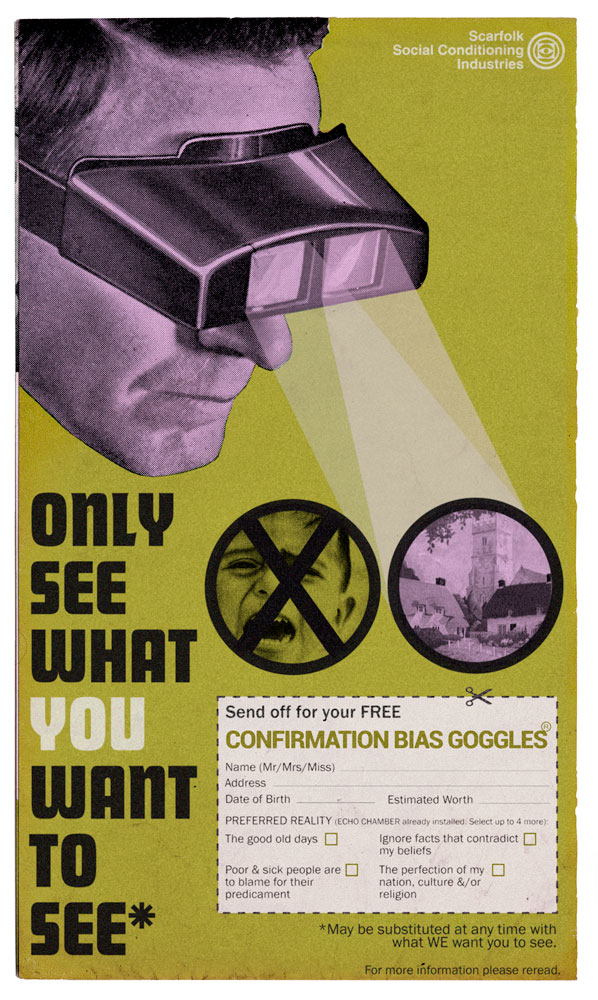
In his Book Sapiens, Yuval Noah Harari calls it the cognitive revolution. About 70,000 years ago a genetic mutation altered the inner wiring of Homo sapiens, enabling them to think and communicate in unprecedented ways. Humans began telling stories and share ideas and myths. We are the only species to have developed this capacity to comprehend ideas and events that we’ve never personally experienced. These stories, myths, beliefs, religions and ideologies enabled the cooperation needed for large groups to work together. The cognitive revolution laid the necessary groundwork for the agricultural revolution about 12,000 years ago, followed by the scientific revolution about 500 years ago.
The statistician George E. P. Box said,
“Essentially, all models are wrong, but some are useful.”
In the case of the cognitive revolution that can be rephrased as, “All stories are wrong, but some are useful.”
The benefits of this ability to believe stories that enable cooperation surround us. Harai explains:
“At the heart of our mass cooperation networks, you will always find fictional stories that exist only in people’s collective imagination. Two Catholics who have never met can nevertheless go together on crusade or pool funds to build a hospital because they both believe that God was incarnated in human flesh and allowed himself to be crucified to redeem our sins. Two Serbs who have never met might risk their lives to save one-another because both believe in the existence of the Serbian nation, the Serbian homeland, and the Serbian flag. Two lawyers who have never met can nevertheless combine efforts to defend a complete stranger because they all believe in the existence of laws, justice, human rights—and the money paid out in fees.”
But of course, this cooperation superpower can also backfire. There comes a time when some story is brought out into the light and we see it for what it really is — not some absolute truth, but a mere antiquated social norm. Because beliefs run so deep, people get offended at the insinuation that their “way of life” is hurting others — to them it’s just the way things are and always have been, not a story they’re telling themselves.
For example, Anastasia Basil in her article, Relax, Ladies. Don’t Be So Uptight. You Know You Want It, delineates the movies, ads, and TV shows that have socialized sexism and misogyny in America for generations. Ideas, beliefs and behaviors once thought to be “ just the way things are” is in fact just a story — one that needs to change.
She says,
“No one thinks of themselves as a byproduct of a generation…You’re aware of the trends and social attitudes of your generation, but your thoughts, proclivities, and the votes you cast are entirely your own. Or are they?”
“We are all byproducts of a collective mindset. Those who question the mindset of their time and shine light on its moral defects are considered malcontents. And yet, it is malcontents like MLK who are (later) lauded as heroes — not for upholding America’s values, for shaping them. Here’s a fun game. Ask yourself: What strongly held opinion of mine will my grandchildren one day struggle to understand?”
It takes deliberate effort to look inside and question your motives, beliefs and worldview.
As Basil goes on to say,
“The 23 percent of Americans who supported civil rights in 1963 knew exactly what they were doing. They didn’t accidentally do the right thing. They weren’t accidentally on the right side of history. Instead of bullheaded allegiance, they questioned, examined, and took a knee to the moral defects of their time.”
That deliberate effort required is something that needs to be experienced. The realization needs to come from within. You can’t cause it to happen to someone by providing them with information.
Monica Hesse in the Washington Post article He thought white men were vanishing from TV. I disagreed. So we conducted an experiment, writes, about a man on Facebook who felt white men were increasingly absent from TV, and he surmised that a push toward gender and racial diversity had shoved them out. So she tried to correct him by sending links to studies showing he was wrong. One, from San Diego State University, found only 24 percent of 2017’s films had a female protagonist. It didn’t work so instead they decided to make their own data by watching an hour of the same channel, coding ads by gender, by voice-over vs. on-screen appearance, main actor vs. extra. By the end of the hour he had changed his opinion, “In reviewing these statistics, I have to change my opinion. They do represent the population fairly well. There are some commercials that don’t have any white males in them, but this is to be expected.”
Hesse says,
“Our worldviews are shaped by our experiences. We all obsess over our own scars until we start to think they’re symbols for broader injustice. We believe what we feel. And then we believe our feelings are facts.”
This kind of change is available to all of us if we’re willing to be wrong, if we’re willing to accept that we may be part of the problem and if we’re willing to put in the hard work to uncover the stories we tell ourselves.





